Abnormal Battery On-line Detection Method Based on Dynamic Time Warping and Improved Variational Auto-Encoder
-
摘要: 针对电池生产成组过程中,传统异常检测方法对混入的容量及压差异常电池检测精度低及生产结束后离线异常检测方法效率低等问题,该文提出一种集合长短期记忆变分自编码器与动态时间规整评价的锂电池异常在线检测方法(VAE-LSTM-DTW),实现了异常电池的在线检测,避免了离线异常检测所造成的时间和能源的浪费。该方法首先将长短期记忆网络(LSTM)引入变分自编码器(VAE)模型,训练电池时序数据重构模型;其次,在电池异常检测的度量标准中引入动态时间规整值(DTW),并基于贝叶斯寻优获得最优检测阈值,对每个单体电池重构数据的动态规整值进行异常辨别。实验结果表明,相较该领域传统异常检测方法,VAE-LSTM-DTW模型性能优越,查准率和F1值都得到了较大的提升,具有较高的有效性和实用性。Abstract: In the process of battery production, the traditional detection accuracy of abnormal batteries is poor, and the offline anomaly detection method after production is inefficient. To solve these problems, a lithium battery anomaly online detection method integrating Long Short-Term Memory Variational AutoEncoder and Dynamic Time Warping evaluation (VAE-LSTM-DTW) is proposed, which realizes the online detection of abnormal battery conditions and prevents the time and energy wastage caused by offlize anomaly detection. Firstly, the Long Short-Term Memory (LSTM) is introduced into the Variational Auto-Encoder (VAE) model to train the battery time series reconstruction model. Secondly, in battery anomaly detection, the Dynamic Time Warping value (DTW) is introduced into the evaluation index, and the optimal detection threshold is obtained based on Bayesian optimization, and the dynamic warping value of each single battery reconstruction data is abnormally identified. The experimental results indicate that, compared with the traditional anomaly detection methods in this field, the VAE-LSTM-DTW model has superior performance, the accuracy rate and F1-score have been greatly improved, and it has high effectiveness and practicability.
-
表 1 数据集构建情况表
数据集分类 正常电池
(个 )正常占比(%) 异常电池(个) 异常占比(%) 重构训练集 4 000 100 0 0 评价阈值训练集 4 000 50 4 000 50 测试集 4 000 50 4 000 50 表 2 阈值确定10折验证实验结果表
实验轮次 阈值训练集 阈值测试集 平均最优阈值 最优阈值 F1值 F1值 1 0.2175 0.9776 0.9749 0.2169 2 0.2169 0.9766 0.9836 3 0.2159 0.9770 0.9810 4 0.2164 0.9779 0.9710 5 0.2169 0.9773 0.9773 6 0.2159 0.9773 0.9774 7 0.2171 0.9780 0.9707 8 0.2176 0.9776 0.9748 9 0.2179 0.9762 0.9887 10 0.2169 0.9777 0.9735 表 3 重构效果度量标准对比实验
距离 准确率(%) 查准率(%) 召回率(%) F1值 阈值 Euclidean 62.8 71.9 72.6 0.72 0.0873 Frechet 65.0 78.6 65.3 0.71 0.5202 Hausdorff 82.7 89.7 83.7 0.87 0.0150 DTW 91.2 95.1 91.7 0.93 0.2169 表 4 机器学习模型异常检测对比实验
模型 准确率(%) 查准率(%) 召回率(%) F1值 OCSVM 67.2 61.0 95.4 0.744 LOF 68.2 63.0 88.7 0.736 IForest 62.4 57.1 98.0 0.725 VAE-LSTM-DTW 91.1 94.9 91.7 0.933 表 5 模型异常检测消融实验结果
模型 准确率(%) 查准率(%) 召回率(%) F1值 阈值 单体电池检测时间(s) VAE 68.9 71.9 87.5 0.79 5.1× 10–5 0.002 VAE-LSTM 73.2 76.0 83.4 0.79 4.3 × 10–5 0.014 VAE-DTW 87.8 90.6 91.2 0.91 0.2052 0.075 VAE-LSTM-DTW 91.1 94.9 91.7 0.93 0.2169 0.084 -
[1] 肖健夫, 孙瑞, 闵婕, 等. 锂离子动力电池系统故障检测[J]. 电源技术, 2021, 45(6): 736–739,790. doi: 10.3969/j.issn.1002-087X.2021.06.012.XIAO Jianfu, SUN Rui, MIN Jie, et al. Fault detection of lithium-ion power battery system[J]. Chinese Journal of Power Sources, 2021, 45(6): 736–739,790. doi: 10.3969/j.issn.1002-087X.2021.06.012. [2] 马速良, 武亦文, 李建林, 等. 聚类分析架构下基于遗传算法的电池异常数据检测方法[J]. 电网技术, 2023, 47(2): 859–867. doi: 10.13335/j.1000-3673.pst.2021.1871.MA Suliang, WU Yiwen, LI Jianlin, et al. Anomaly detection for battery data based on genetic algorithm under cluster analysis framework[J]. Power System Technology, 2023, 47(2): 859–867. doi: 10.13335/j.1000-3673.pst.2021.1871. [3] JIN Ruochen, WEI Bo, LUO Yongmei, et al. Blockchain-based data collection with efficient anomaly detection for estimating battery state-of-health[J]. IEEE Sensors Journal, 2021, 21(12): 13455–13465. doi: 10.1109/JSEN.2021.3066785. [4] SAXENA S, KANG M, XING Y J, et al. Anomaly detection during lithium-ion battery qualification testing[C]. 2018 IEEE International Conference on Prognostics and Health Management, Seattle, USA, 2018: 1–6. [5] 董书琴, 张斌. 基于深度特征学习的网络流量异常检测方法[J]. 电子与信息学报, 2020, 42(3): 695–703. doi: 10.11999/JEIT190266.DONG Shuqin and ZHANG Bin. Network traffic anomaly detection method based on deep features learning[J]. Journal of Electronics &Information Technology, 2020, 42(3): 695–703. doi: 10.11999/JEIT190266. [6] KINGMA D P and WELLING M. Auto-encoding variational Bayes[C]. The 2nd International Conference on Learning Representations, Banff, Canada, 2014. [7] GOODFELLOW I, POUGET-ABADIE J, MIRZA M, et al. Generative adversarial networks[J]. Communications of the ACM, 2020, 63(11): 139–144. doi: 10.1145/3422622. [8] AN J and CHO S. Variational autoencoder based anomaly detection using reconstruction probability[J]. Special Lecture on IE, 2015, 2(1): 1–18. [9] 秦婉亭, 老松杨, 汤俊, 等. 基于变分自编码器的飓风轨迹异常检测方法[J]. 系统仿真学报, 2021, 33(9): 2191–2201. doi: 10.16182/j.issn1004731x.joss.20-0369.QIN Wanting, LAO Songyang, TANG Jun, et al. Hurricane trajectory outlier detection method based on variational auto-encode[J]. Journal of System Simulation, 2021, 33(9): 2191–2201. doi: 10.16182/j.issn1004731x.joss.20-0369. [10] 常吉亮, 谢磊, 赵建伟, 等. 基于VAE-LSTM模型的航迹异常检测算法[J]. 交通信息与安全, 2020, 38(6): 1–8. doi: 10.3963/j.jssn.1674-4861.2020.06.001.CHANG Jiliang, XIE Lei, ZHAO Jianwei, et al. An anomaly detection algorithm for ship trajectory data based on VAE-LSTM model[J]. Journal of Transport Information and Safety, 2020, 38(6): 1–8. doi: 10.3963/j.jssn.1674-4861.2020.06.001. [11] ZHOU Chong and PAFFENROTH R C. Anomaly detection with robust deep autoencoders[C]. The 23rd ACM SIGKDD International Conference on Knowledge Discovery and Data Mining, Halifax, Canada, 2017: 665–674. [12] LI Junying, REN Weijie, and HAN Min. Variational auto-encoders based on the shift correction for imputation of specific missing in multivariate time series[J]. Measurement, 2021, 186: 110055. doi: 10.1016/j.measurement.2021.110055. [13] HOCHREITER S and SCHMIDHUBER J. Long short-term memory[J]. Neural Computation, 1997, 9(8): 1735–1780. doi: 10.1162/neco.1997.9.8.1735. [14] BERNDT D J and CLIFFORD J. Using dynamic time warping to find patterns in time series[C]. The 3rd International Conference on Knowledge Discovery and Data Mining, Seattle, USA, 1994: 359–370. [15] SHAHRIARI B, SWERSKY K, WANG Ziyu, et al. Taking the human out of the loop: A review of Bayesian optimization[J]. Proceedings of the IEEE, 2016, 104(1): 148–175. doi: 10.1109/JPROC.2015.2494218. [16] FRÉCHET M M. Sur quelques points du calcul fonctionnel[J]. Rendiconti del Circolo Matematico di Palermo (1884–1940), 1906, 22(1): 1–72. doi: 10.1007/BF03018603. [17] TAHA A A and HANBURY A. An efficient algorithm for calculating the exact Hausdorff distance[J]. IEEE Transactions on Pattern Analysis and Machine Intelligence, 2015, 37(11): 2153–2163. doi: 10.1109/TPAMI.2015.2408351. [18] SCHÖLKOPF B, PLATT J C, SHAWE-TAYLOR J, et al. Estimating the support of a high-dimensional distribution[J]. Neural Computation, 2001, 13(7): 1443–1471. doi: 10.1162/089976601750264965. [19] LI Lu, HUANG Liusheng, YANG Wei, et al. Privacy-preserving LOF outlier detection[J]. Knowledge and Information Systems, 2015, 42(3): 579–597. doi: 10.1007/s10115-013-0692-0. [20] 王诚, 狄萱. 孤立森林算法研究及并行化实现[J]. 计算机技术与发展, 2021, 31(6): 13–18. doi: 10.3969/j.issn.1673-629X.2021.06.003.WANG Cheng and DI Xuan. Research and parallelization of isolation forest algorithm[J]. Computer Technology and Development, 2021, 31(6): 13–18. doi: 10.3969/j.issn.1673-629X.2021.06.003. -





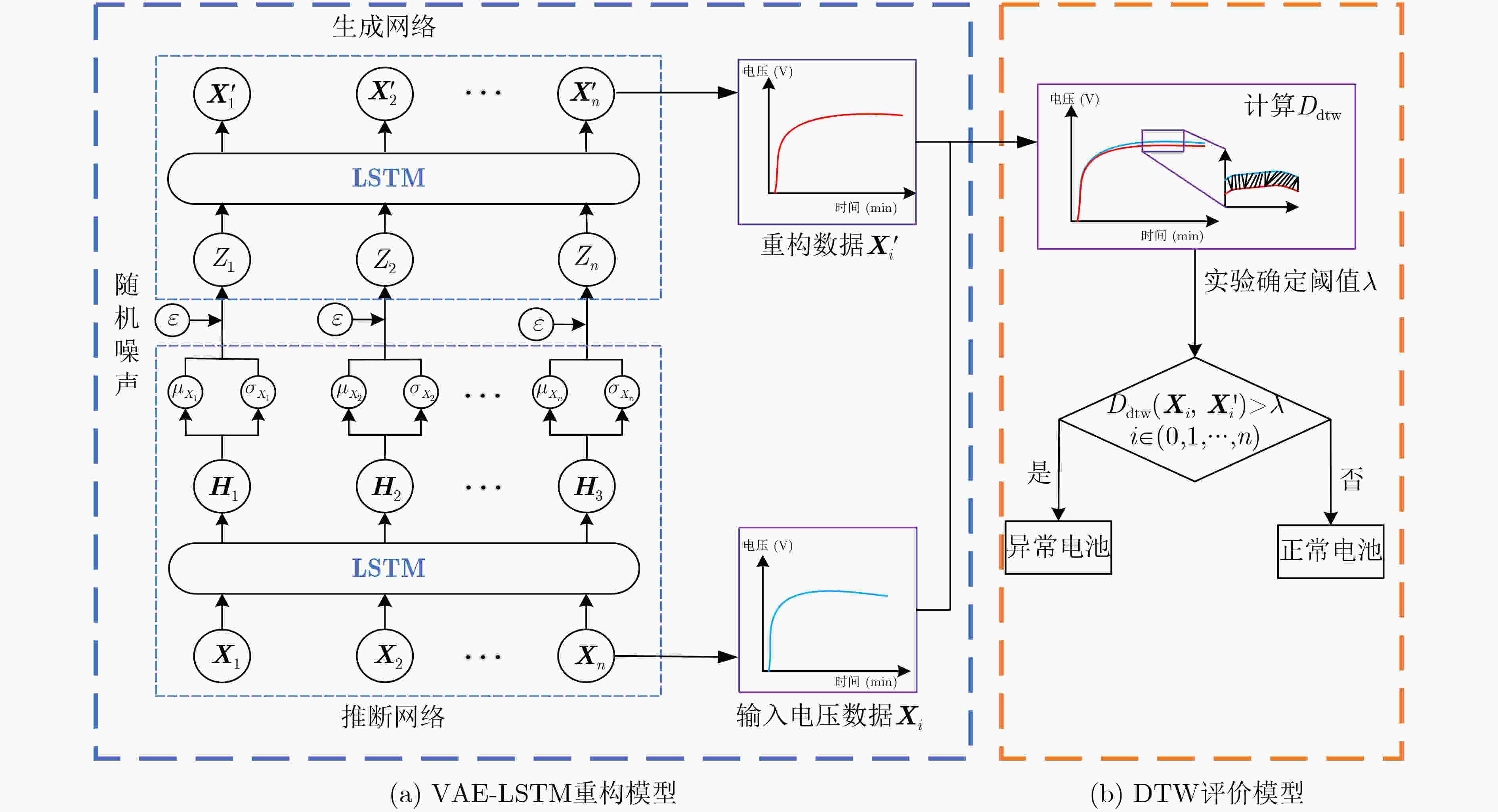
 下载:
下载:
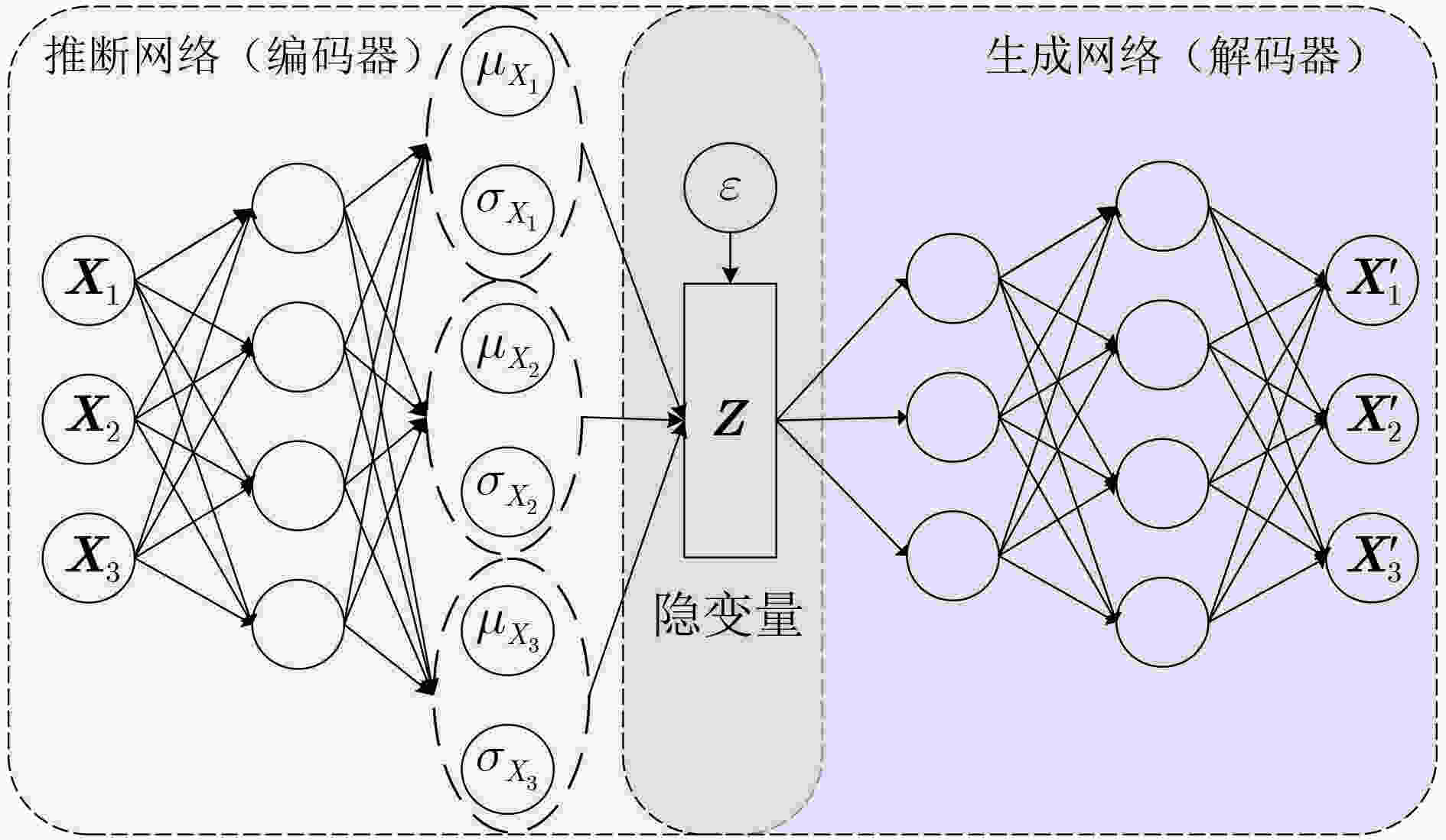
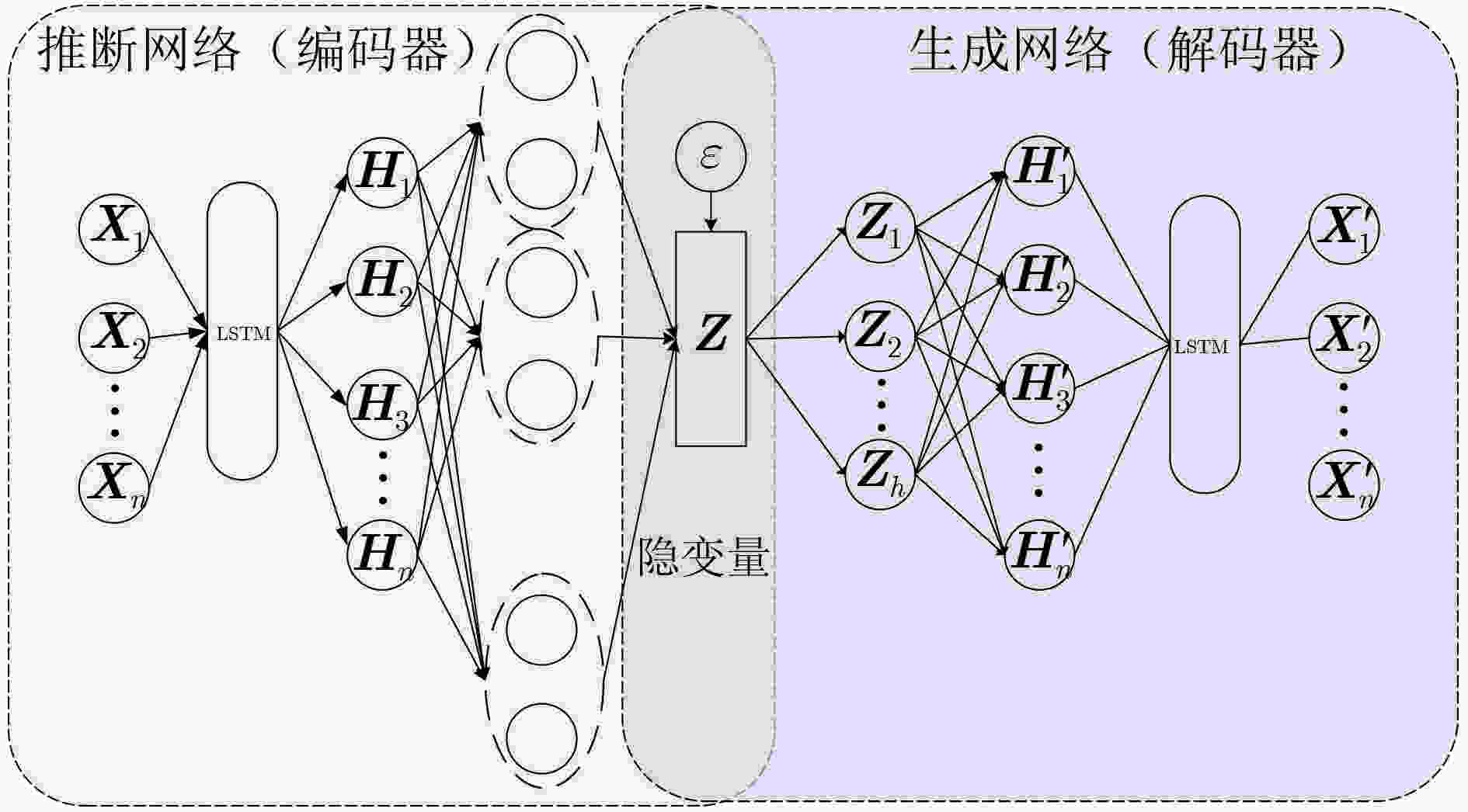
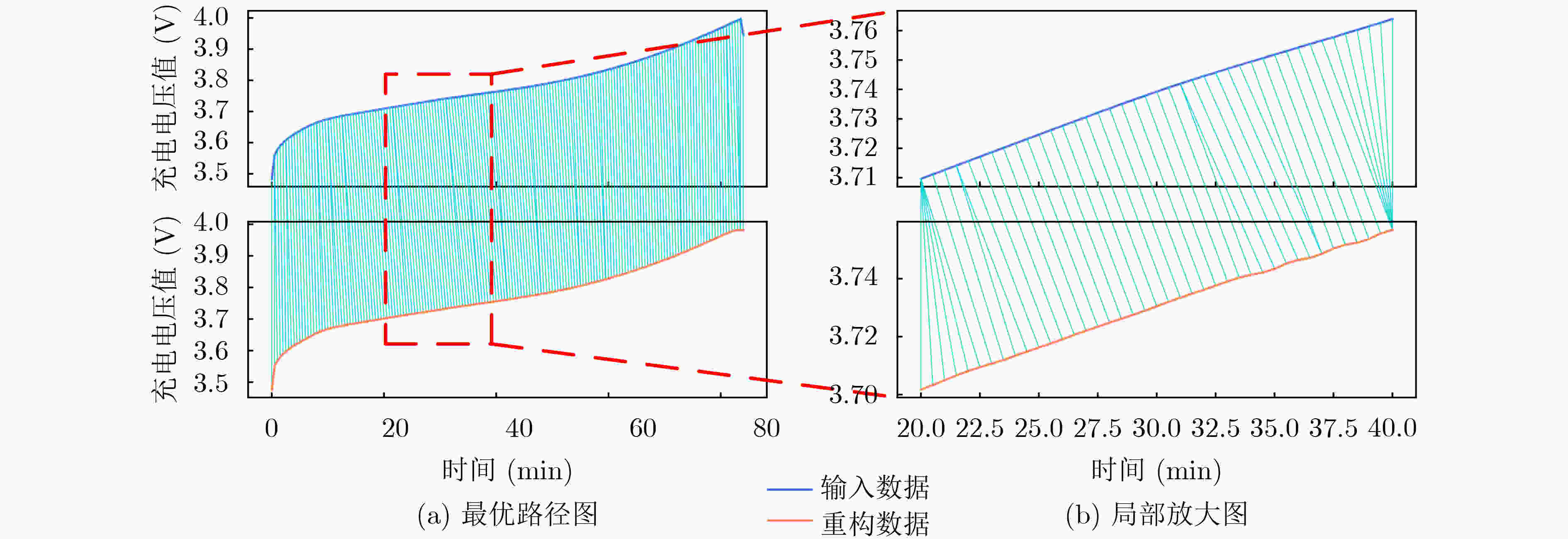

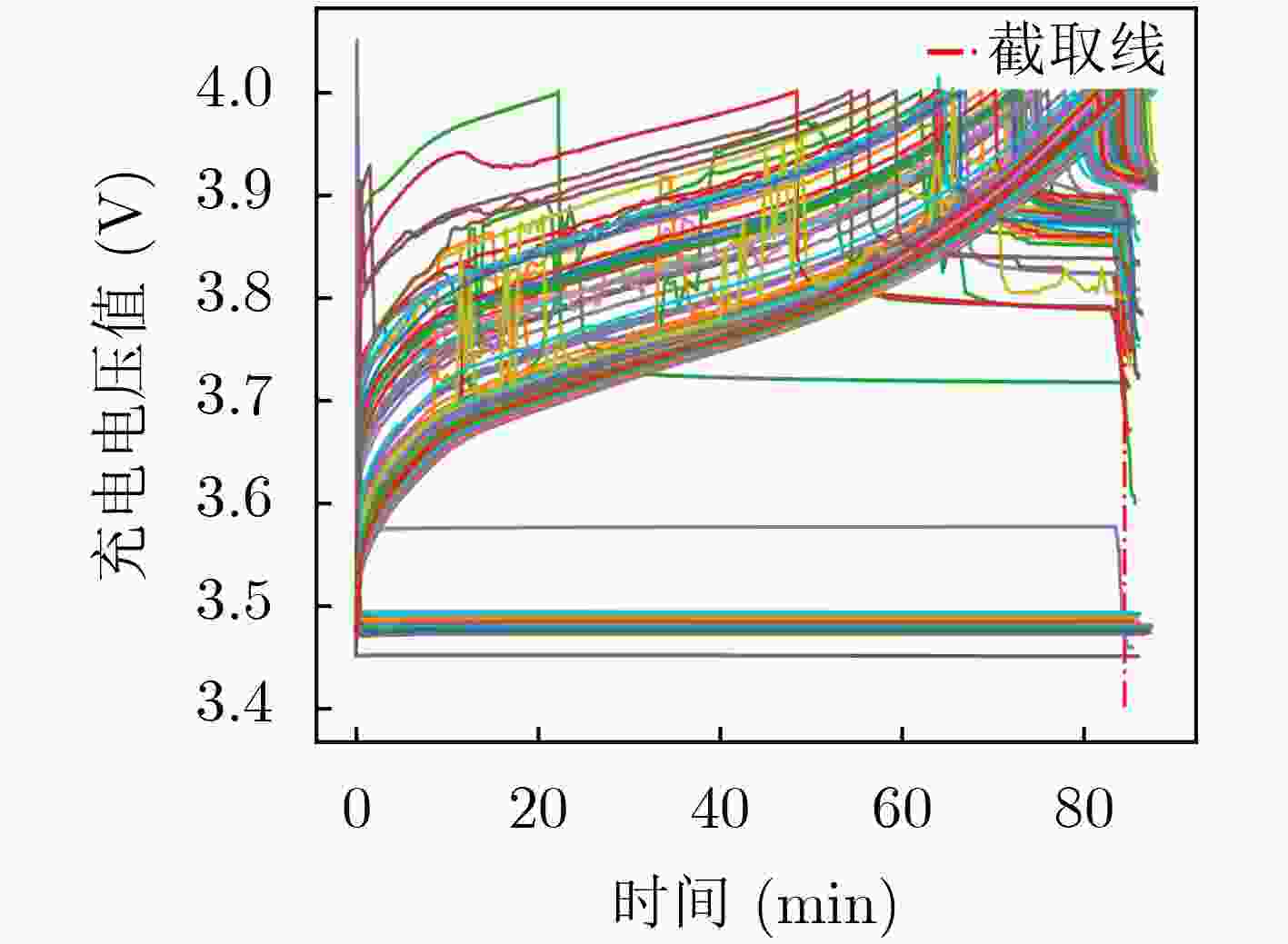
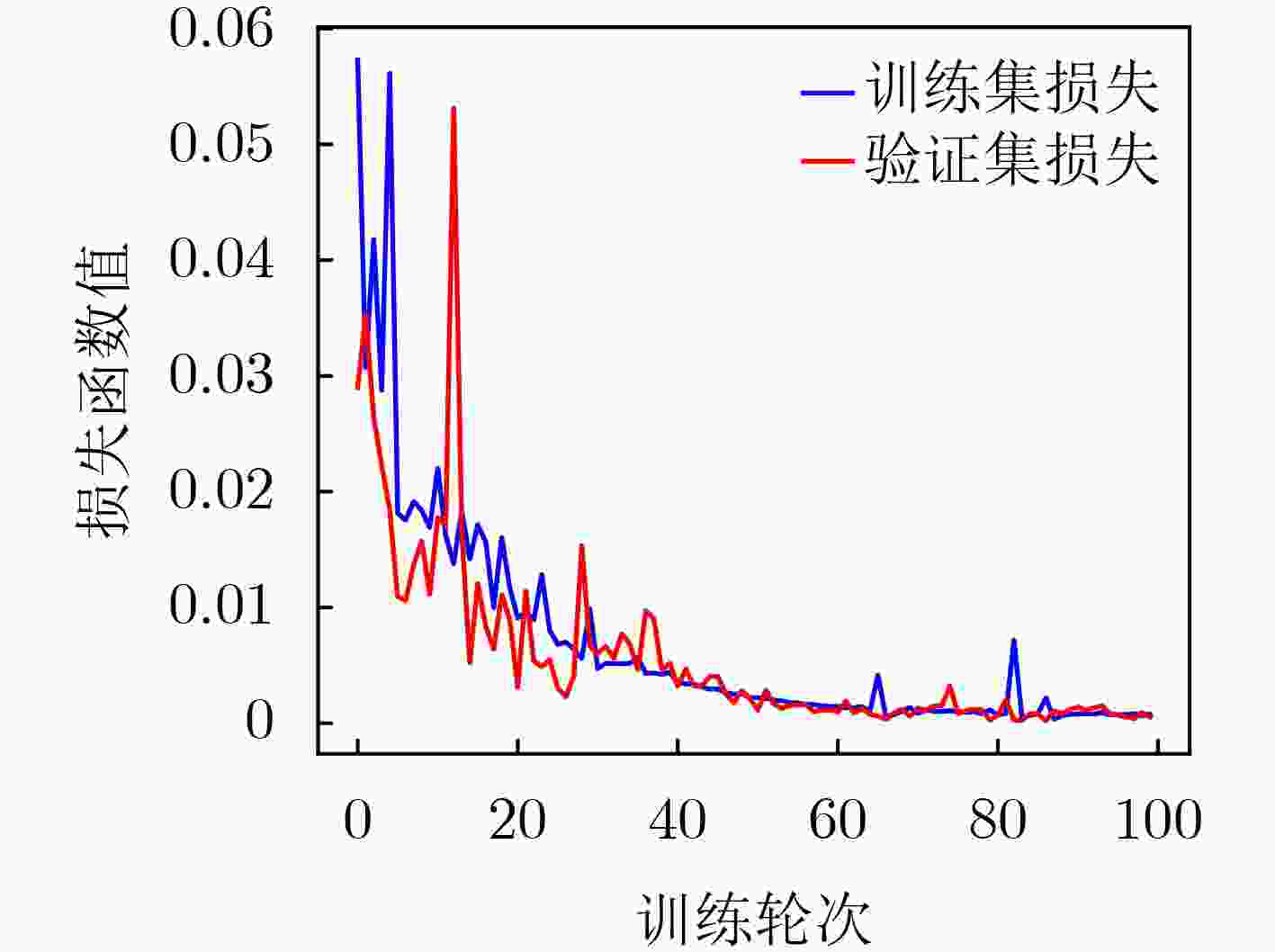
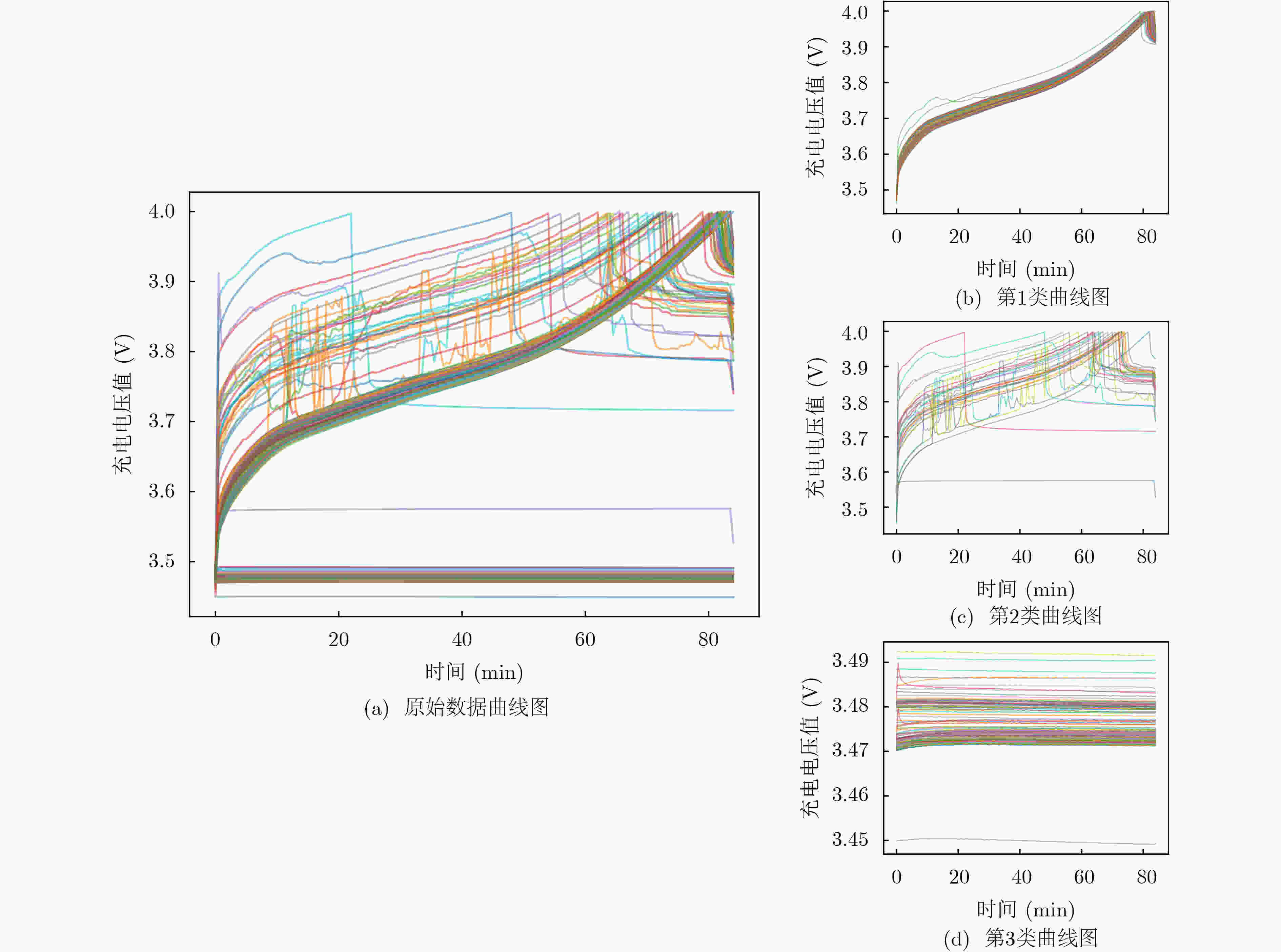

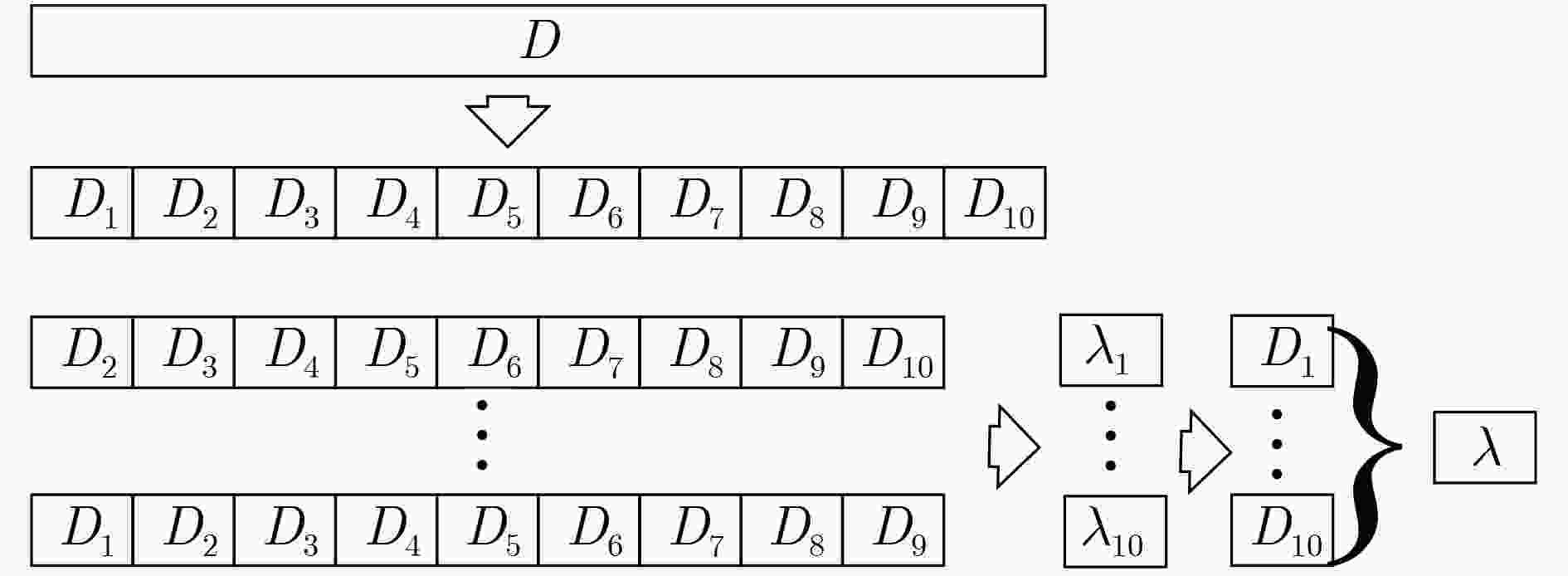
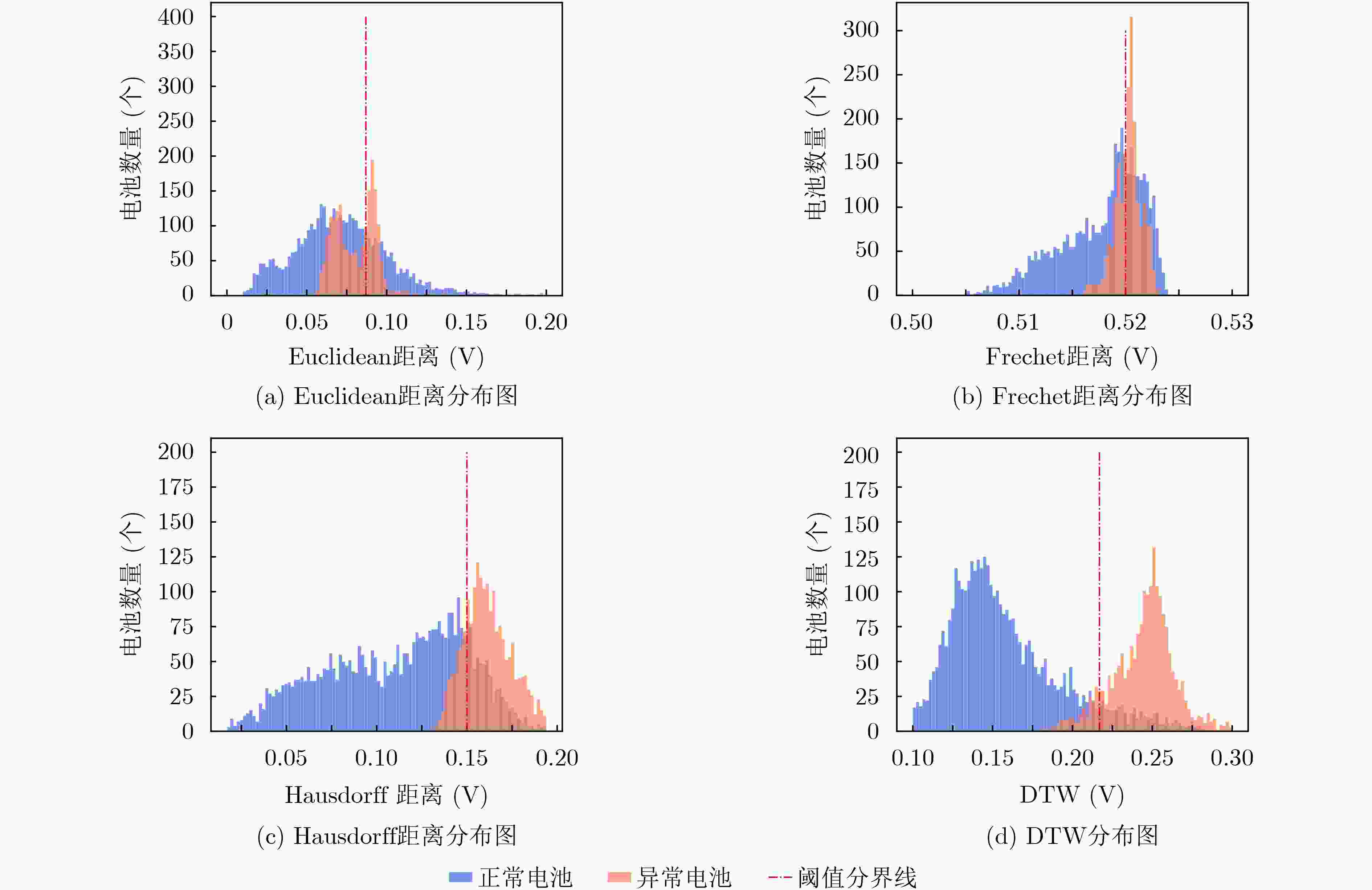
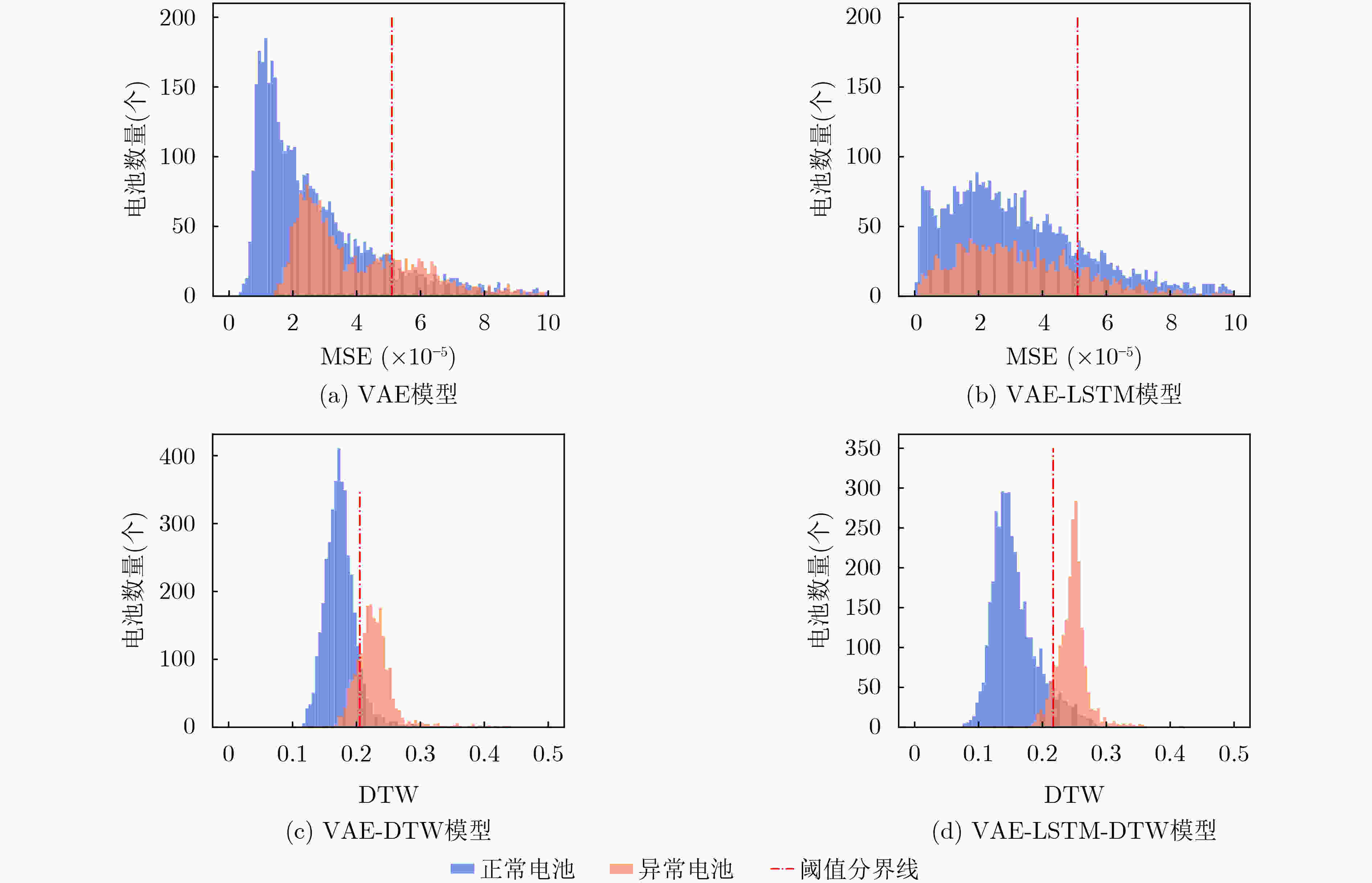


 下载:
下载:
